Understanding Budgets, Estimates, Bids, Quotes and Proposals and how and when to use them
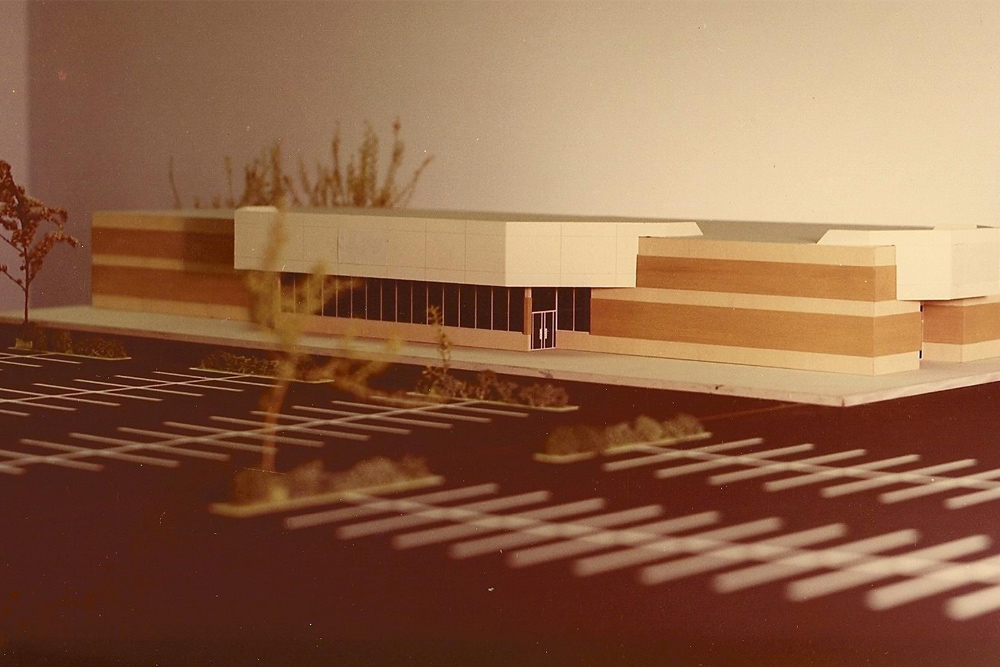
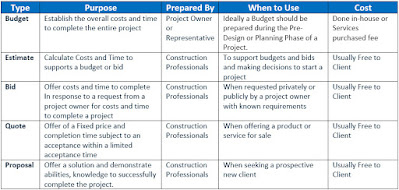
Budget is how much money one has, expects, and is prepared to spend on the entire project.
The budget is usually prepared by the Project Owner with assistance from knowledgeable people and/or construction professionals. Budgets require planning and/or a clear understanding of the scope of work.
Budget (Construction Budget)
- An itemized summary of estimated or intended expenditures for a given period of time.
- The total sum of money allocated for a specific project.
The budget usually includes a value for each major line item and contingency depending on the phase of the project when the Budget is prepared. As the project progresses the actual costs incurred are compared. This enables the project owner the opportunity to adjust work as allowable by the respective project contract documents.
Source:https://www.constructionplace.com/Glossary
Here is a fast and easy budget calculator for Leasehold or Tenant improvement projects.
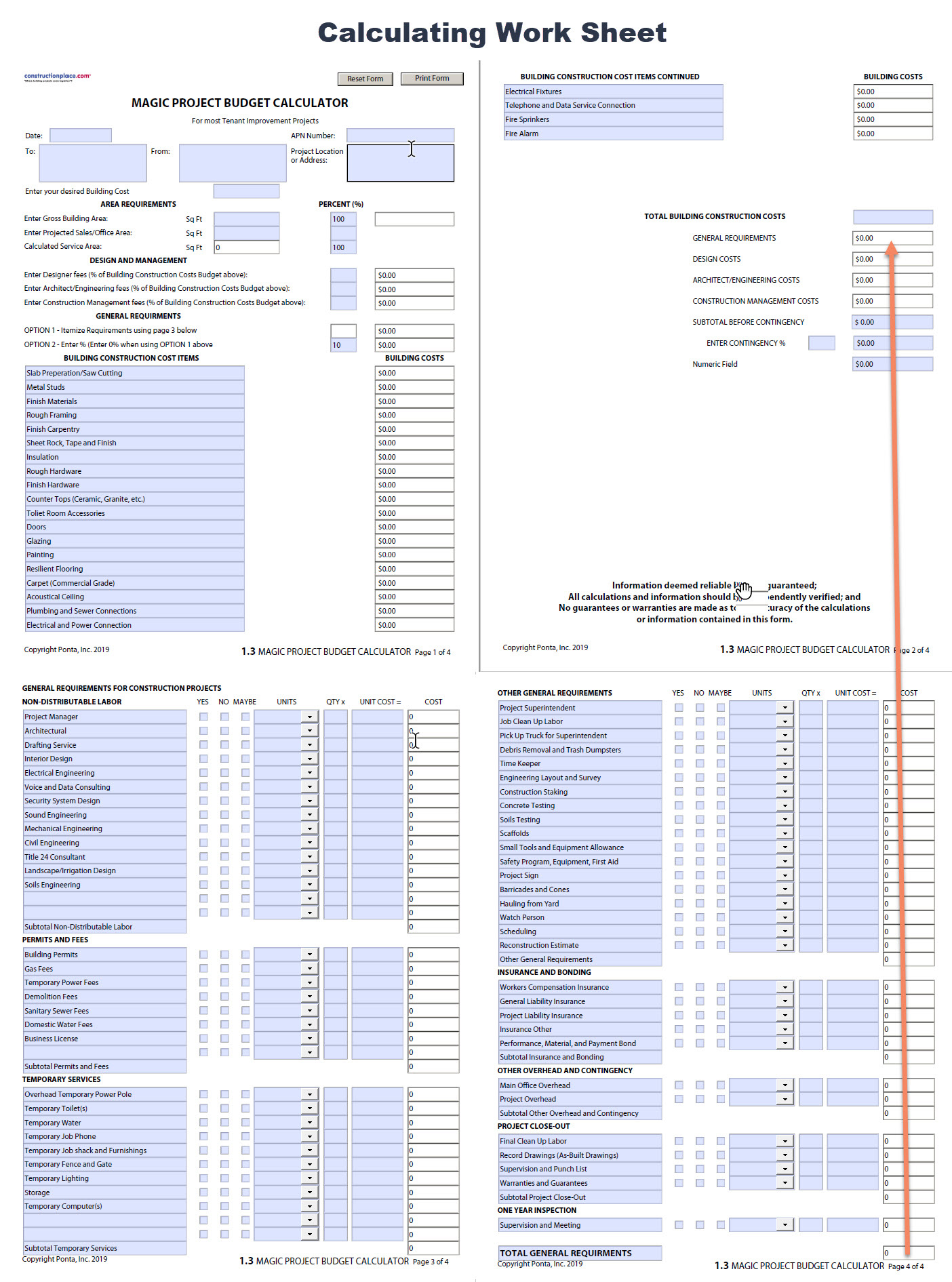
Source: https://www.constructionplace.com/Proposal to request a copy.
Also available for most Residential projects.
An essential part of any budget is to tabulate General Requirements. Usually General Requirements are included as a percentage of the projected construction costs, but to tabulate these costs is much more accurate.
Here is a fast and easy calculator for any size project:
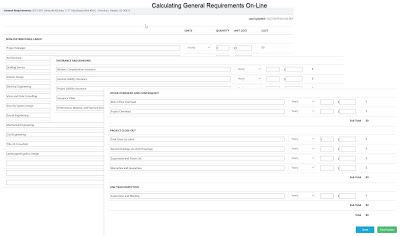
Source: https://www.constructionplace.com/Projects
Table 3 is a simple Budget based on Quantity, Unit Cost, Unit Measure; Table 4 includes a fixed Budget column and a Forecast column for entering costs as they are incurred that calculates OVER or UNDER amounts; and Table 5 calculates Total Contingency percentage values at various Phases of the work.

Source: Construction Management Made Easy https://www.constructionplace.com/Publications
General Requirement Calculation is available at: https://www.constructionplace.com/Projects
Estimates Are usually prepared with a clear understanding of the ewers’ requirements and are subject to change as new information surfaces. They detail cost expectations and scheduling information that is crucial for project success and a s sound working relationship.
For example: an estimate can get blown when they discover asbestos, old wiring, or even building department special requirements.
Additionally estimates provide a high-level overview and understanding of:
- The work necessary to complete the project
- The Project scope to broadly explain each known component and service required for the project and what they entail
- The timelines and completion dates to manage project expectations
- Inclusions and Exclusions to avoid disputes later
TIP! Create an estimate for every new project…Gives real meaning to the information and expectations.
Bids comprise calculated costs and time by taking off information from construction documents prepared by the project owner or prime contractor usually requested by RFPs (Request for proposals) or a clear scope of work. RFP’s can be given to a selected pre-qualified group of bidders or open to the public.
For example: A project owner looking for suitable constrictors to complete a project. They will detail what they need and make these requirements available using an RFP (Request for Proposal).
Here is a very easy and fast way of requesting Bids:
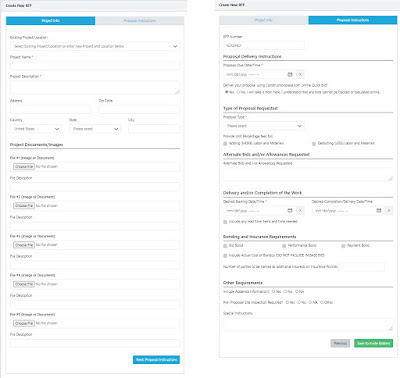
Source:https://www.constructionplace.com/Rfps/CreateOutsideRFPBid
Companies can been on the projects by specifying their bid amount based on the terms of the RFP. The project owner compares the bids and selects the successful bidder.
Tip! Include wording in the RFP giving you the right to refuse any or all bids. Opens the door to negotiate because sometimes the lowest bidder is not necessarily the bid contractor for the project.
Tip! When six or more bids are received delete the high and low bids and calculate the average of the remaining bids. Gives you a good idea of the market value for the project.
Tip! If you have pre-qualified the Bidder and you are comfortable with his/her capabilities you my want save the cost of the bond. But it is a good idea to determine if the bidder is Bondable, what his/her Bonding Rate is, and with his/her Bonding Capacity is when qualifying the Bidder.
Sub-contractors will often submit bids to a prime or general contractor to complete a specific part of the project. And those bids may be included in the Bid to the Owner.
Here is a very easy and fast way of submitting a Bid:
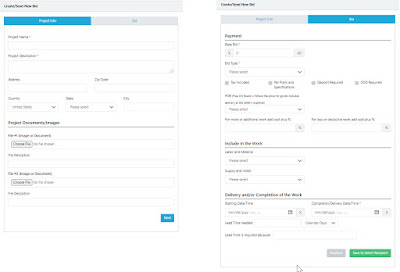
Source: https://www.constructionplace.com/Rfps/Create
Quotes offer a fixed price for a project or item subject to acceptance within a specific time frame or expiration date. For example: “This quote is valid for 30 calendar days from the date issued or this quote expires on [date]”.
Once the client accepts the quote you have to complete the work or delivers the item as detailed in the quote and at the quoted price. Therefore, it is important to compile a quote with a thorough understanding of what you are quoting.
While quotes should always be in writing it is not uncommon get or give quotes over the telephone. Here is a checklist of the most common information collected for a quote.
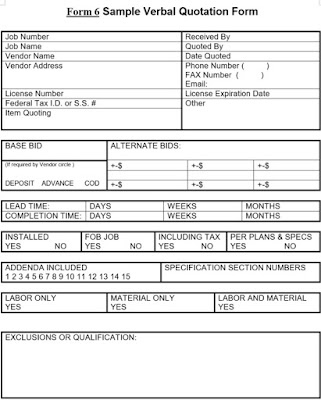
Source: Construction Management Made
Easy https://www.constructionplace.com/Publications
Proposals include information contained in estimates, quotes and bids while showcasing the value that you can offer a prospective client to establish trust. Clients will often provide details of what they expect in the proposal or ask, at your discretion, to offer suggestions, advice and solutions that will help their project succeed. Proposals are put together to win a client’s business at the start of a new relationship often in competition with several others. Therefore, it is essential to construct an excellent proposal and showcase value and include supporting information to establish credibility. More specifically proposals detail scope of work, timelines, deliverables, and costs or investment requirements.
Value such as saving the client money, helping them make more money, or saving them time.
Supporting information
Such as client testimonials, reviews, resumes, professional credentials, and insurance information including examples of past work.
Tip! Include a protection clause to prevent your hard work from being used if you don’t get the project.
I understand that any proposal documents, forms and/or procedures submitted to me by [your name] shall remain the property of [your name] whether the project or service for which they are made is executed or not, these documents are not to be used by me or any other party on other projects or extensions to this project or service without the express written consent of [your name].
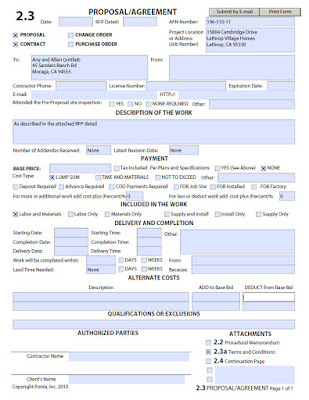
Source: https://www.constructionplace.com/Worksheets






